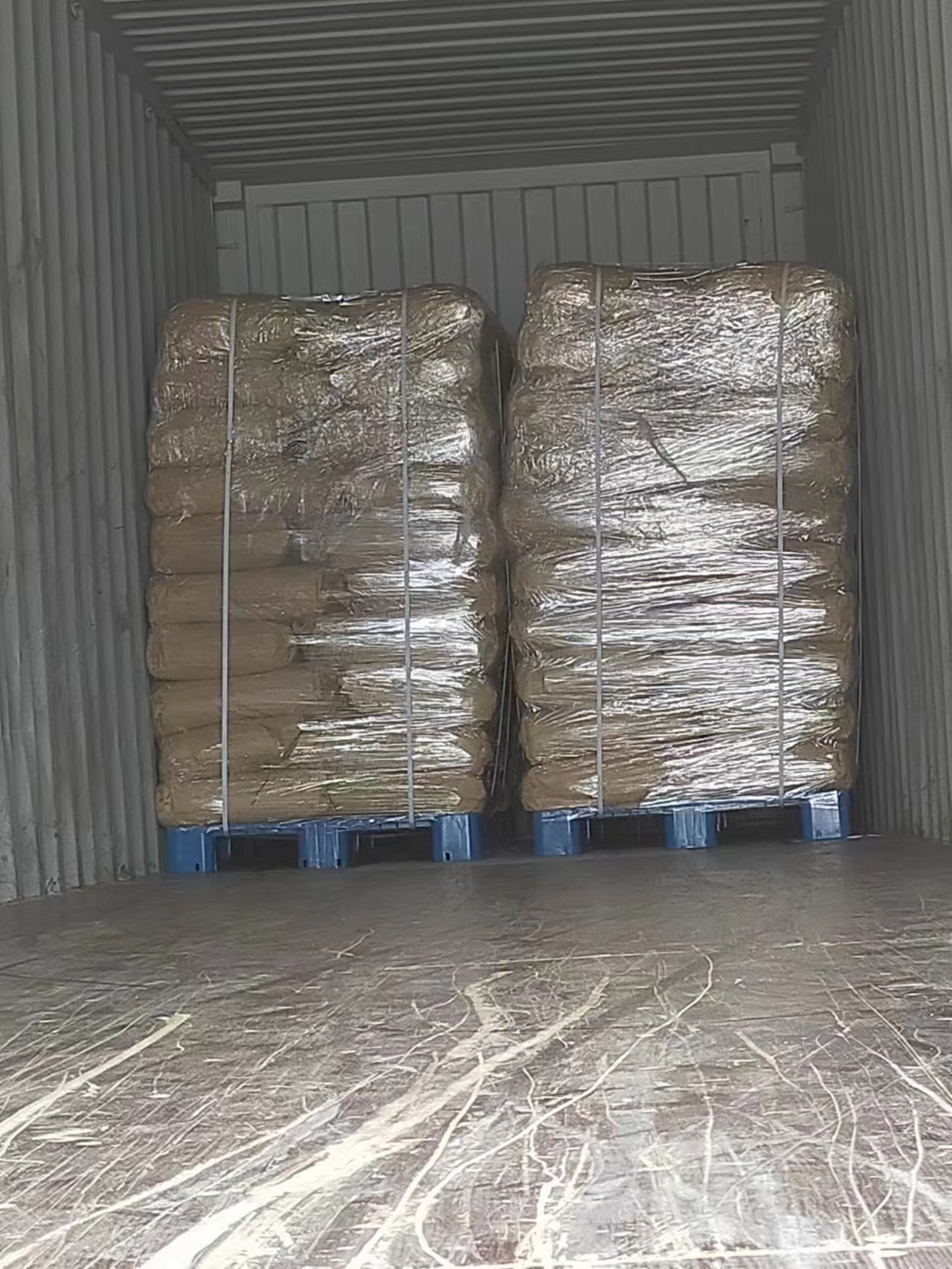Nov . 07, 2024 08:40 Back to list
How to Create Your Own Homemade Paprika from Fresh Peppers
The Art of Making Paprika A Culinary Journey
Paprika is a vibrant red spice that has become synonymous with various global cuisines, particularly Hungarian, Spanish, and Portuguese. Its rich flavor profile, ranging from sweet to smoky, has made it a beloved ingredient in kitchens around the world. The process of making paprika, however, is as intriguing as its taste. This article delves into the fascinating journey of making paprika, from the growing of peppers to the final product that enhances our meals.
The Origin of Paprika
Paprika originates from the Capsicum annuum pepper, which is native to Central and South America. After being introduced to Europe in the 16th century, especially to Hungary and Spain, pepper cultivation began in earnest. The unique climates and soil conditions in these regions allowed for the development of various pepper types suitable for drying and grinding into paprika. Over time, paprika became an integral part of local culinary traditions, leading to its diverse flavor profiles and uses.
Growing the Perfect Peppers
The first step in making high-quality paprika is selecting the right variety of peppers. There are several types, each contributing distinct flavors. Hungarian peppers, for instance, are typically sweeter and are used to make the famous Hungarian paprika, while Spanish peppers can provide a smoky flavor.
Peppers require a warm climate and well-drained soil. They are usually planted in late spring, after the last frost. Careful attention is given to watering and fertilization throughout the growing season to ensure the best yield. Harvesting typically occurs in late summer or early fall when the peppers have ripened and turned a deep red color. Timing is crucial, as overripe or underripe peppers can affect the final taste and color of the paprika.
Drying the Peppers
Once the peppers are harvested, they must be dried before being ground into paprika. There are various methods for drying peppers, including air drying, sun drying, and using dehydrators or ovens. Each method has its advantages. Air drying can be more traditional and flavor-enhancing, while machine drying is quicker and more controllable.
making paprika

The drying process reduces the moisture content in the peppers, allowing for long-term storage. It also concentrates the flavors, leading to a more robust spice. However, care must be taken to avoid over-drying, which can lead to a loss of essential oils and flavors that are crucial to a high-quality paprika.
Grinding the Dried Peppers
Once dried, the peppers are ready to be ground into paprika. Traditional grinding methods involve using a mortar and pestle, but many modern producers prefer to use burr grinders for consistency and efficiency. The grinding process is crucial; it not only transforms the dried peppers into a fine powder but also impacts the final flavor.
Different textures can be achieved based on the grinding method. A coarse grind will provide larger flakes, while a fine grind results in a smooth powder. The color of the finished paprika can vary from bright red to deep red, depending on the type of pepper used and the grinding process.
Storing Paprika
Proper storage of paprika is vital to maintaining its flavor and color. Paprika should be kept in an airtight container, away from light and heat, to prevent oxidation and degradation of its vibrant color and taste. Freshly ground paprika can last for several months, but its flavor will gradually diminish over time, so it’s best used within a year for optimal freshness.
Conclusion
Making paprika is a labor of love that begins in the fields and ends in the kitchen. From selecting the right pepper varieties to carefully drying and grinding them, each step is essential to creating a spice that enhances culinary creations around the globe. Whether used in stews, soups, or as a garnish, paprika adds not just flavor but also a beautiful color to dishes, making it a staple in many cuisines. As you explore the world of paprika, you’ll be reminded of the rich heritage and tradition that each sprinkle represents—a true celebration of both flavor and culture. So, the next time you reach for that vibrant red spice, take a moment to appreciate the artistry and effort that went into making your paprika.
-
Premium Chili Seed Oil: Benzopyrene<2 & Korean Std. Compliant
NewsAug.22,2025
-
Premium Ghost Chili Pods – Extreme Heat for Spicy Dishes
NewsAug.21,2025
-
Sweet Paprika Pimenton: Authentic Flavor & Vibrant Color
NewsAug.19,2025
-
Spicy Red Pepper Flakes - Premium Chili Flakes
NewsAug.18,2025
-
Premium Dried Ghost Chili Pods | Extreme Heat & Flavor
NewsAug.17,2025
-
Premium Shishito Paprika Powder: Mild, Aromatic Spice
NewsAug.16,2025

